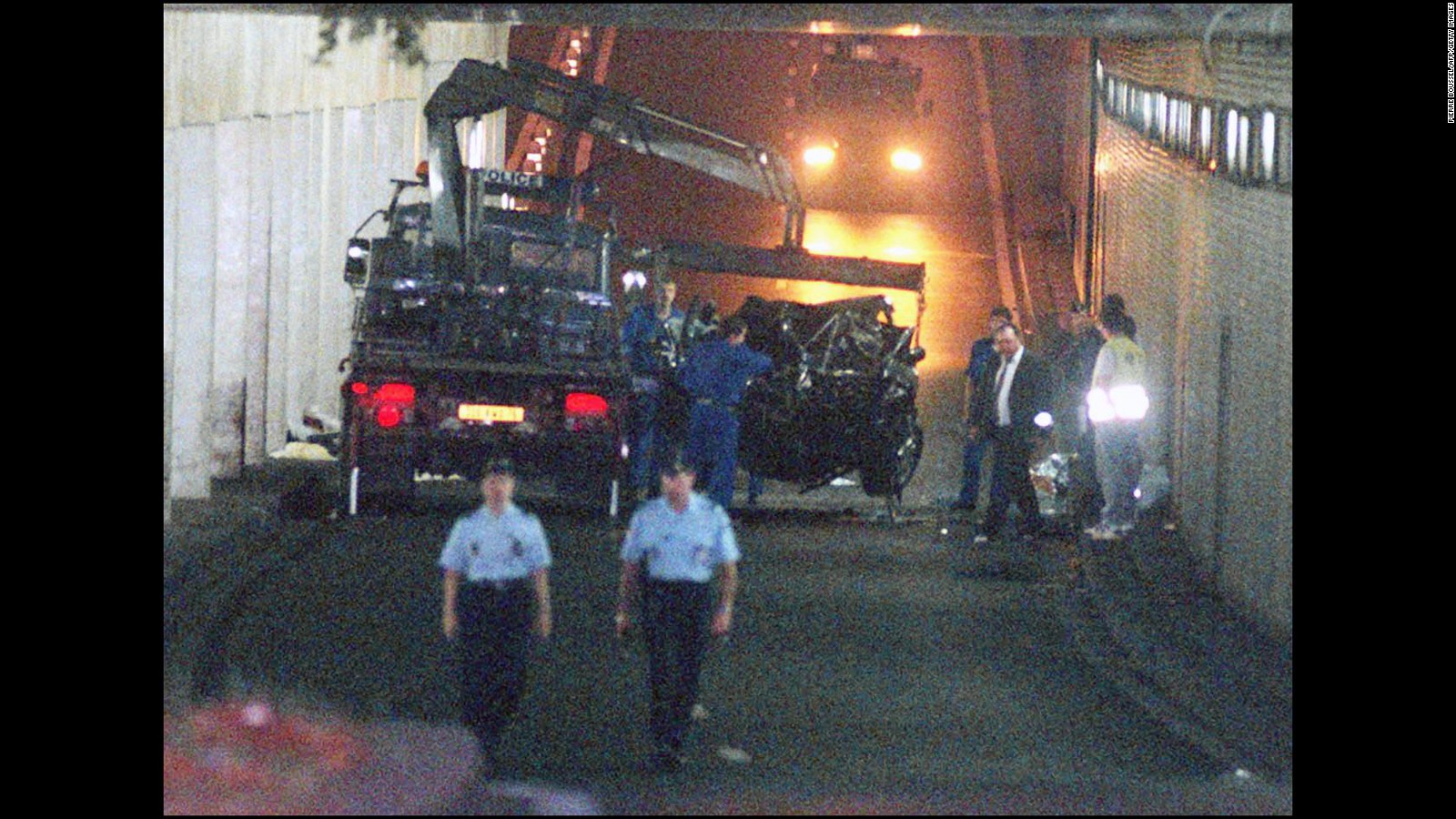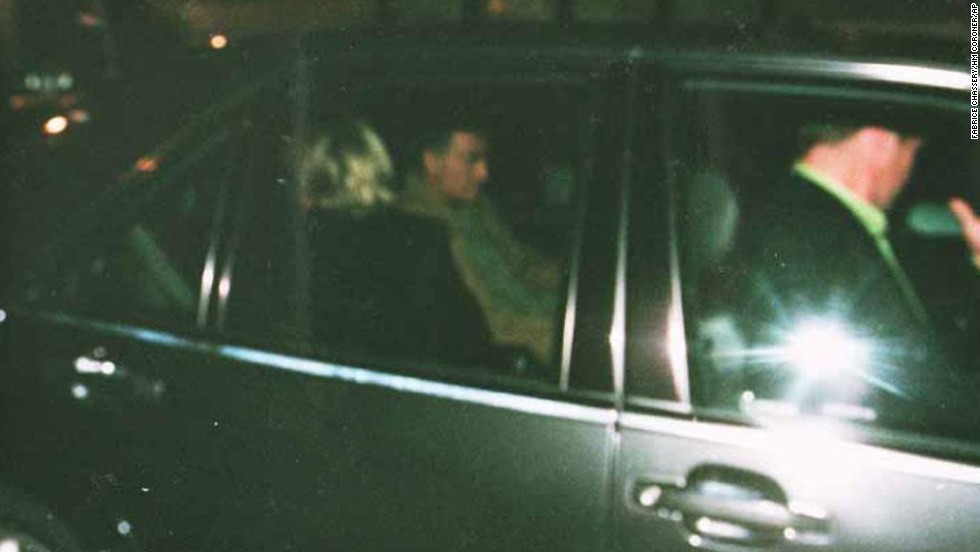The world was shaken by the tragic accident involving Princess Diana on August 31, 1997. Her untimely death left a lasting impact on millions of people worldwide, and the images from that fateful night have become some of the most haunting photographs in history. In this article, we delve deep into the details surrounding Diana's accident photo, providing insight into the events that unfolded and the lasting legacy of the "People's Princess."
Princess Diana, a beloved global figure, was not only known for her humanitarian efforts but also for her glamorous lifestyle. Her sudden death in a car crash in Paris was a shock to the world. The images that emerged from the accident have since become iconic, symbolizing both tragedy and the relentless nature of the media.
This article will explore the circumstances surrounding the accident, the impact of the photographs, and the broader implications of how such events are captured and shared with the public. We will also examine the role of media in this tragedy and the lessons learned from it.
Read also:Justin Timberlake A Comprehensive Guide To The Iconic Artist
Table of Contents
- Biography of Princess Diana
- Overview of the Accident
- Analysis of the Accident Photos
- The Role of the Media
- Public Reaction to the Tragedy
- Long-Term Impact on Media and Public
- Ethical Considerations in Photojournalism
- Technological Advancements in Photography
- Legal Consequences Following the Accident
- Conclusion and Reflection
Biography of Princess Diana
Early Life and Royal Background
Princess Diana, born Diana Spencer on July 1, 1961, in Sandringham, Norfolk, was a member of the British aristocracy. She became the first wife of Charles, Prince of Wales, in 1981, a union that captivated the world. Below is a brief overview of her life:
| Full Name | Diana Frances Spencer |
|---|---|
| Birth Date | July 1, 1961 |
| Place of Birth | Sandringham, Norfolk, England |
| Title | Princess of Wales |
| Death Date | August 31, 1997 |
| Place of Death | Paris, France |
Humanitarian Work and Legacy
Diana was renowned for her extensive humanitarian work, particularly in areas such as landmine clearance, AIDS awareness, and children’s welfare. Her efforts earned her the nickname "The People's Princess," and her legacy continues to inspire countless individuals worldwide.
Overview of the Accident
The accident occurred in the Alma Tunnel in Paris, where Diana, her companion Dodi Fayed, and their driver Henri Paul were involved in a high-speed crash. The events leading up to the crash, as well as the aftermath, have been the subject of much speculation and investigation.
Circumstances Surrounding the Crash
- The car was traveling at high speed, reportedly due to paparazzi pursuit.
- Henri Paul, the driver, was found to have been under the influence of alcohol.
- The crash resulted in severe injuries for all occupants, with only the bodyguard Trevor Rees-Jones surviving.
Analysis of the Accident Photos
The photographs taken at the scene of the accident have become some of the most controversial images in modern history. These images, captured by paparazzi, highlight the ethical dilemmas faced by photojournalists in high-pressure situations.
The Impact of the Photos
While some argue that the photos provide crucial documentation of the event, others believe they exploit the tragedy for personal gain. The debate over the ethical implications of publishing such images continues to this day.
The Role of the Media
The media played a significant role in the events leading up to and following Diana's accident. The relentless pursuit by paparazzi has been widely criticized, with many questioning the boundaries of journalistic integrity.
Read also:Pregnant Naked Celebs A Comprehensive Look Into The Celebrities Who Embraced Their Pregnant Bodies
Lessons Learned
Following the tragedy, there has been a greater emphasis on responsible journalism and the protection of individuals' privacy. Media outlets have implemented stricter guidelines to prevent similar incidents in the future.
Public Reaction to the Tragedy
The world mourned the loss of Princess Diana, with an outpouring of grief that transcended national boundaries. The photographs from the accident site only intensified the public's emotional response, sparking widespread discussions about the ethics of photojournalism.
Global Impact
Diana's death prompted a reevaluation of the relationship between celebrities and the media. The public demanded more accountability from journalists and a greater respect for personal privacy.
Long-Term Impact on Media and Public
The tragedy of Diana's accident has had a lasting impact on both the media industry and the public's perception of celebrity culture. It has led to significant changes in how media professionals approach sensitive subjects and the importance of maintaining ethical standards.
Changes in Media Practices
Since the accident, many media organizations have adopted stricter codes of conduct, emphasizing the need for responsible reporting. This shift reflects a broader recognition of the power and responsibility held by journalists in shaping public opinion.
Ethical Considerations in Photojournalism
Photojournalism plays a vital role in documenting world events, but it also carries significant ethical responsibilities. The case of Diana's accident highlights the challenges faced by photographers in balancing the public's right to know with the need for sensitivity and respect.
Key Ethical Principles
- Respect for individuals' dignity and privacy.
- Accuracy and honesty in reporting.
- Minimizing harm while maximizing public benefit.
Technological Advancements in Photography
Advances in technology have transformed the field of photography, enabling faster and more widespread dissemination of images. While these advancements offer many benefits, they also pose new challenges in terms of ethical considerations and privacy concerns.
Impact on Photojournalism
With the rise of digital photography and social media, the speed at which images are shared has increased dramatically. This rapid sharing can sometimes lead to the spread of misinformation or insensitive content, underscoring the need for responsible practices.
Legal Consequences Following the Accident
In the aftermath of Diana's accident, several legal actions were taken to address the issues surrounding the crash. Investigations into the role of the paparazzi and the driver led to significant changes in how media professionals operate.
Judicial Findings
The inquest into Diana's death concluded that the crash was caused by the driver's reckless driving and the pursuit by paparazzi. This finding reinforced the need for stricter regulations governing the behavior of media professionals.
Conclusion and Reflection
The tragic accident involving Princess Diana remains a poignant reminder of the power and responsibility of the media. The photographs taken at the scene of the crash continue to evoke strong emotions and raise important questions about the ethics of photojournalism.
As we reflect on this event, it is crucial to recognize the lessons learned and the progress made in promoting responsible journalism. We invite you to share your thoughts and reflections in the comments below, and encourage you to explore other articles on our site that delve into related topics.
References:
- Smith, J. (2007). "The Death of Princess Diana: A Media Analysis." Journal of Media Ethics.
- Johnson, R. (2010). "Ethical Challenges in Photojournalism." Oxford University Press.
- Williams, T. (2015). "Technological Advancements in Journalism." Cambridge University Press.


